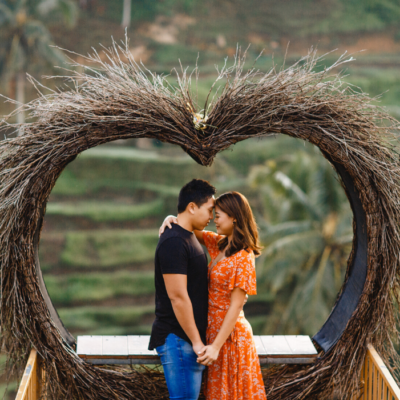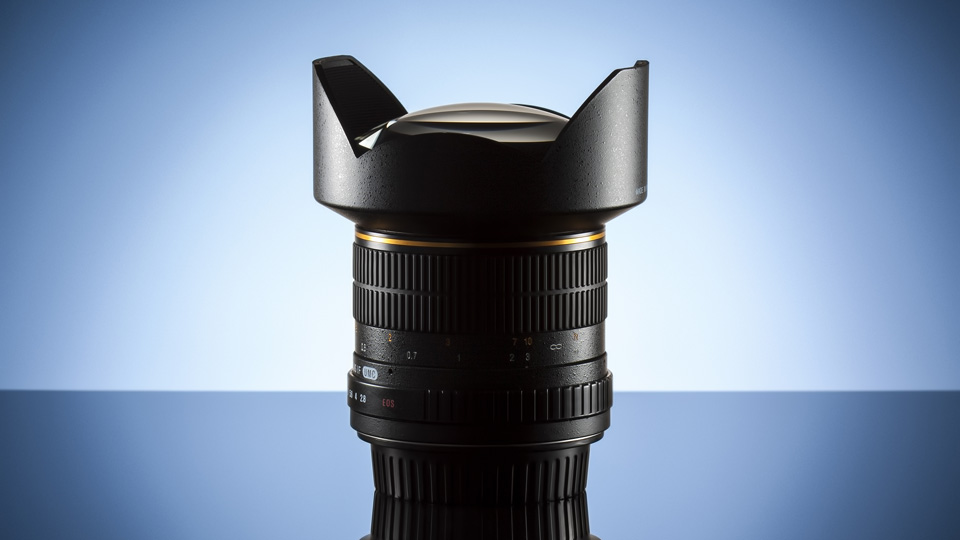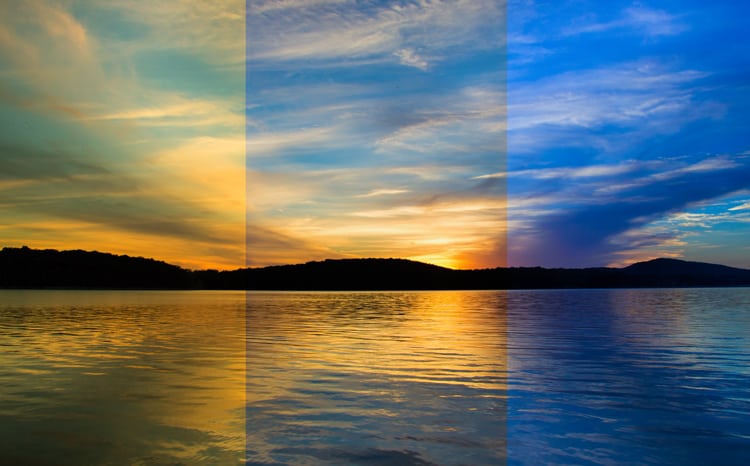
Time stands still for a couple in love – ideal when this moment is captured photographically. For couple photographers, it is a nice challenge to capture the affection of two people for one another through a professional shoot.
The recordings are not as intimate as with a selfie, but a photographer can perceive even more and has completely different technical possibilities.
And the couple can concentrate on the most important thing: their love.
Every couple who wants a photographer to capture their love for one another is unique. The challenge for a couple photographer is to depict this uniqueness and to tease it out with the design of the shoot. In one moment, as in storytelling, a whole story can be told – the same goes for the relationship between two people.
Giving away couple photo shoots
in the time of the greatest bond between two partners, both feel like they are in abundance. So it makes sense to give away photos of the couple in love together. With such a couple shoot, there are many different ways to perfectly reflect the happiness of the two.
Giving away a photo shoot is a highly analogous affair. And so the region in which the couple lives is sometimes the most important selection criterion. Next, a couple has to decide which style they prefer: romantic, elegant or rather crazy and unusual? In order to implement this, the shooting location, the couple’s outfit and the posing are adjusted accordingly. There are no limits to your imagination. Is there a special occasion for the gift, such as an anniversary or wedding anniversary? A very special quality or a hobby that the couple share? The ideas for designing the shoot are diverse and make the decisive difference.
What are the ingredients for successful couple photos?
The inner image of a couple of themselves is captured in the best case in the most beautiful facets and colors in the photos. In order for a couple shoot to deliver exactly the images that a couple wants of each other, it is important that the ingredients are precisely coordinated. Before the shoot begins, a photographer should discuss the details with the couple so that the right preparations can be made.
The right location:
The photo location is selected depending on what a couple wants. Probably the best lighting conditions can be created in the studio, but maybe it should be an outdoor location that best characterizes the couple or where they feel particularly comfortable?
Is it supposed to rain confetti or have a crazy lifting figure built in? Then the location must offer the opportunity to implement these ideas.
The right outfit and appearance
the picture is about a natural expression, but it can look flawless. In order for both to make the best possible impression, it is an advantage to be able to offer make-up or hair styling during the shoot. It probably makes the couple feel more confident about getting professionally styled beforehand. The outfit should also be designed in such a way that it can withstand years of observation. In the case of a wedding or engagement, a couple may want to have their valuable outfits or accessories properly staged.
Posing
Of course, a photo shoot is a posed situation. However, it must not look like this in the subsequent photos. For photographers as well as for couples, it is a challenge to create poses that are as natural as possible in a photo shoot and positions that appear authentic and unsteady. All tips that help the couple to come across as relaxed and relaxed are helpful: For example, the wish whispered in the ear for dinner or the instruction from the photographer to think about the most beautiful moment in their life. Keeping an eye on the couple outside of the official photo shoot can also make a great picture.
Proper Technique
Photographic equipment and shooting techniques should be professional and appropriate. The photographer should know what his strengths are or what technique he thinks works best to portray the couple and the situation. However, technology should never be more important than capturing the special moment between the couple or makcalendar, the former competitive swimmer is not only causing a sensation with his customers with his wedding photos. In just five years as a wedding photographer, Steven Herrschaft has already received over 100 awards for his pictures: Masters of Wedding Photography, Fearless Award , Editor’s Choice Award – the list of honors doesn’t seem to end.
How does this young photographer do it? Soft focus is not his method of choice. Striking shadows and unusual perspectives, in which the groom’s bare feet come into focus, are more of a technical description of his style. But what sets him apart is his experimental and intuitive approach. In the style of a street photographer, he throws himself into the action and follows his instinct. He also regularly celebrates at the weddings until the end – every weekend anew. His finding: the chemistry with the couple has to be right, then emotions can best be captured.
To capture the right snapshots of a couple, you need to be imaginative and spontaneous. This is especially true for the photographer, because then he can still get a lot out of an initially self-conscious couple. In the best case scenario, the photo shoot turns into a romantic experience or a happening that the subsequent photos are only too happy to remind of.



